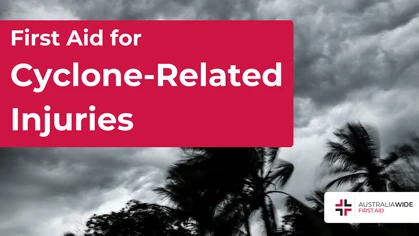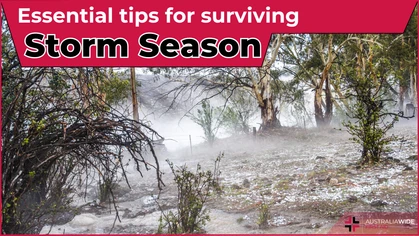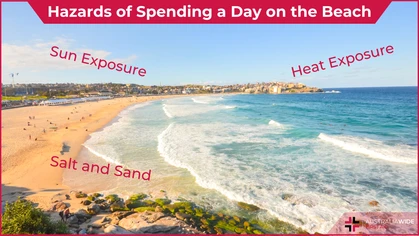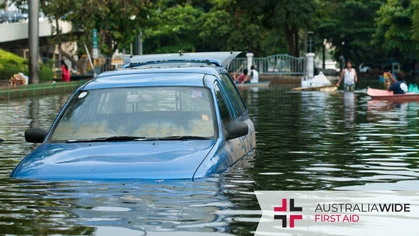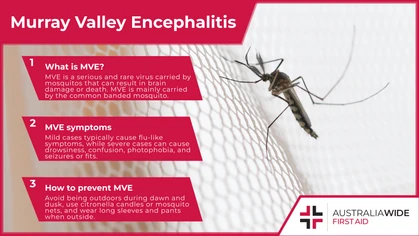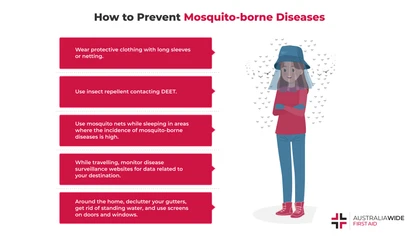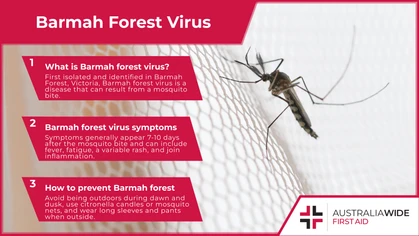Australia Bushfire First Aid Tips

Seasonal Concerns
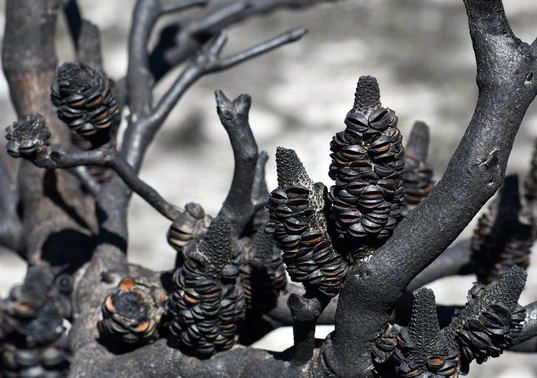
Open seed follicles of Banksia cones on a burnt tree branch following a bushfire in Sydney woodland, NSW, Australia
The brave efforts of the emergency services continue to bring relief to the Australian communities facing bushfire threats.First Aid for Burns
The first priority in managing a burn is to stop the burning process, cool the burn (which will provide pain relief) and cover the burn.- Ensure safety of both the rescuers and bystanders from dangers such as flames and smoke.
- Do not enter a burning or toxic atmosphere without appropriate protection.
- Move the casualty to a safe environment as quickly as possible.
- Stop the burning process—stop, drop, roll and cover:
- Assess airway and breathing immediately.
- Wherever possible remove jewellery, watches and clothing from the burnt area.
- DO NOT—peel off clothing stuck to the burn, use ice or ice water, break blisters, or use ointments, creams or powders.
- Where possible elevate the limb to reduce swelling.
- Cover the area lightly with a non-stick dressing.
- All infants or children with burns should be medically assessed.
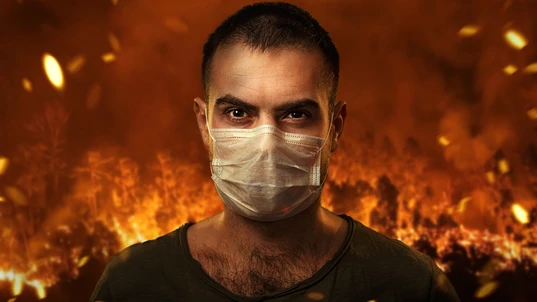
Avoid smoke inhalation
How to treat smoke inhalation
Although many people associate fire casualties with heat and flames, smoke inhalation is actually the leading cause of death among those who get caught in fires.Symptoms
- Dizziness and confusion
- Nausea or vomiting
- Visible signs of ash and smoke around the mouth and nos
- Grey or black saliva
- Chest pain or tightness
- Unconsciousness
- Irregular breathing
- Wheezing, shortness of breath or hoarse voice
- Blurred vision
- Numbness or tingling in the extremities
- Burns inside the mouth, throat or nose
Treatment
- Get the person to safety and into fresh air if it is safe for you to do so.*
- If someone is showing the above symptoms you should call 000.
- If conscious: sit the person down or lay them on their side.
- If alert ask the person whether they have any medical conditions.
- If they are not breathing perform CPR.
- Ensure the person seeks medical attention to be assessed for more serious health implications. If left untreated, severe smoke inhalation can be fatal due to complications.
Treating smoke inhalation in someone who has asthma
People with asthma may have a more severe reaction to smoke inhalation than other people. If the person is conscious apply the following plan. Asthma First Aid Plan Step 1: Sit the person comfortably upright. Be calm and reassuring. Do not leave the person alone. Step 2:- Without delay give 4 separate puffs of a “reliever”. The medication is best given one puff at a time via a spacer device. If a spacer is not available, simply use the puffer.
- Ask the person to take 4 breaths from the spacer after each puff of medication.
- Use the victim’s own inhaler if possible. If not, use the first aid kit inhaler if available or borrow one from someone else.
- The first aid rescuer should provide assistance with administration of a reliever if required.
Originally published at
https://www.australiawidefirstaid.com.au/resources/australian-bushfire-news-fire-first-aid-tips
as part of the Australia Wide First Aid Articles Library
